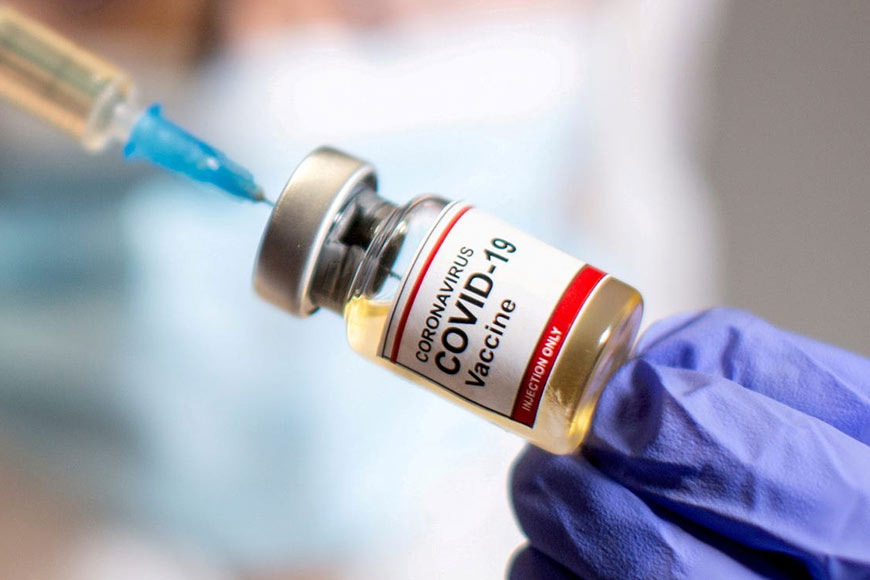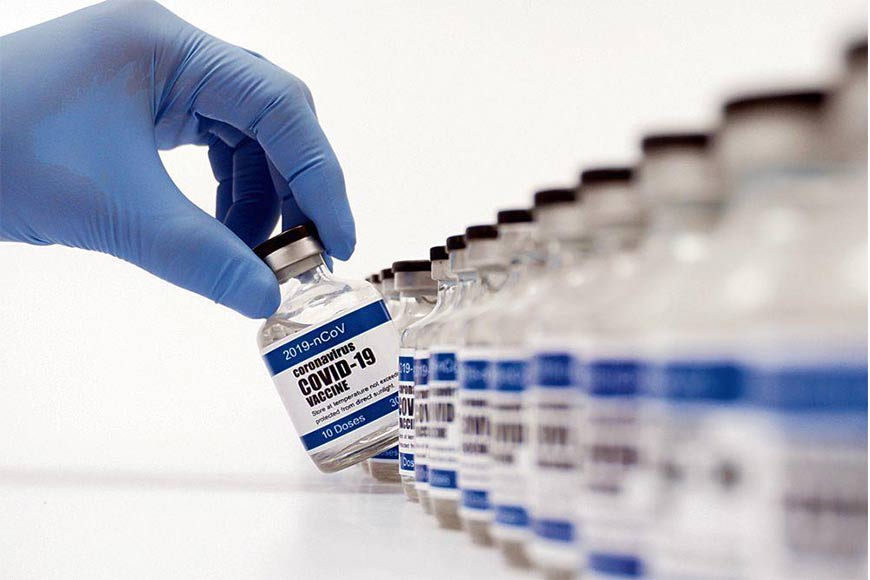Bengal’s mass immunisation success may aid Covid-19 vaccination

As West Bengal prepares to roll out the Covid-19 vaccination programme today, the recently released report of the National Family Health Survey 2019-20 (NFHS-5) indicates that for planners and citizens alike, the success of the state’s mass immunisation programme may make the logistics of the operation easier to organise.
The report states that the mass vaccination campaign has reached more than 90 percent of the state’s households. Between June and November 2019, 18,187 households were covered as part of the survey by the Indian Institute of Health Management Research. Among the key data points are the following:
● During mass vaccination campaigns for children aged 12-23 months, 98.6 percent received the BCG vaccine, 95 percent were given three doses of Pentavalent or DPT vaccine, and 94.4 percent received the first dose of the measles-containing vaccine (MCV)
● A total of 92 percent of children aged 12-23 months have received three doses of Penta or Hepatitis B vaccine
● Statewide, a whopping 96.3 percent of children received most of their vac-cination at government-run public health facilities. In rural Bengal, 98.5 percent of children received their vaccination at public health facilities, while in urban areas, the figure was 90.2 percent

The report states that the mass vaccination campaign has reached more than 90 percent of the state’s households. Between June and November 2019, 18,187 households were covered as part of the survey by the Indian Institute of Health Management Research.
Given these figures, since both Covishield and Covaxin (the two vaccines author-ised by the Central Drugs Standard Control Organisation for use against Covid-19) are injectable, experts have stated that Bengal’s track record, particularly with reference to BCG, DPT and MCV, will come to its aid as India launches the nCov vaccination drive.
Also read : Covid-19 vaccine drive in Bengal
Institute of Postgraduate Medical Education and Research (IPGMER) professor Diptendra Sarkar says: “Private health facilities will have less vaccination numbers due to multiple factors. But most importantly, in the government sector we have a robust mass vaccination infrastructure. This has penetrated well into rural Bengal. The cold-chain network, which was first introduced during the polio vaccination drive, is there. This will help us.”
The ‘cold chain network’ which he is talking about is the overall “system of transporting, storing and distributing vaccines in a potent state at a recommended temperature till it is administered to an individual.” In other words, the cold chain begins with warehouses and refrigerated containers, isothermic boxes and portable ice-boxes in which the vaccine is stored, and then goes on to transporters, programme administrators, warehouse workers and vaccinators.
Since the polio vaccine is one of the most unstable ones in existence and must be kept at extremely low temperatures, its storage requires a perfectly functioning cold chain network, which Bengal already possesses. That said, Covid vaccines must be stored at temperatures ranging from 2 to 8 degrees Celsius, which is con-siderably higher than the polio vaccine range.
The only cause for worry appears to be the fact that Bengal’s private health facili-ties barely feature on the vaccination map. As the NFHS-5 data shows, only 2.5 percent of children were vaccinated in private healthcare facilities. This is a talking point since both public and private health facilities in the state will operate as vaccination centres for Covid-19.











